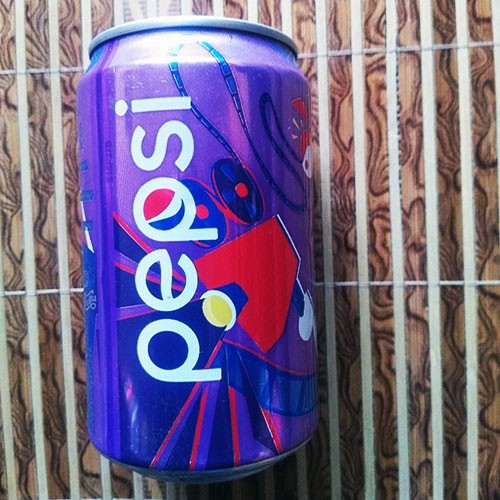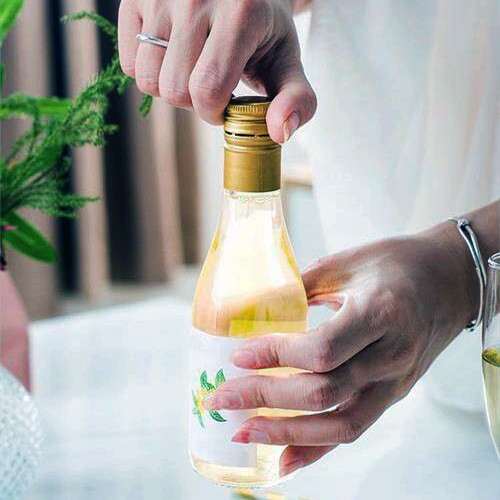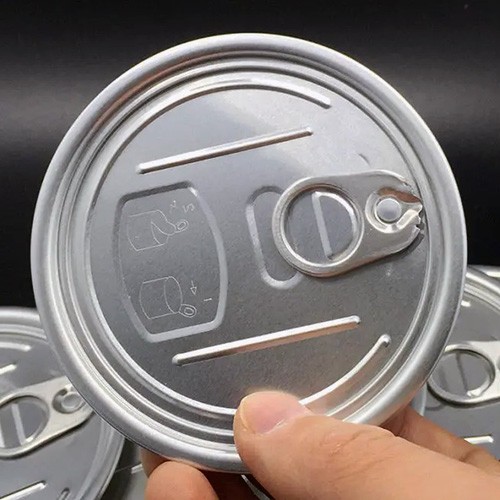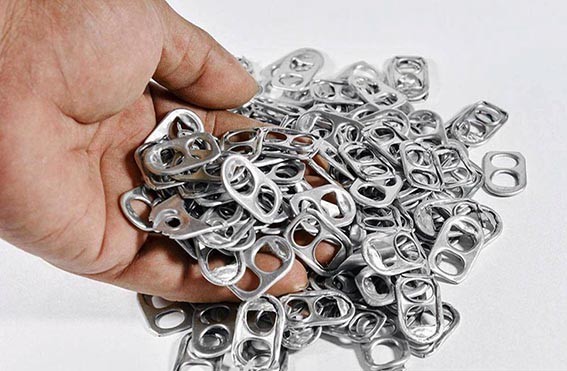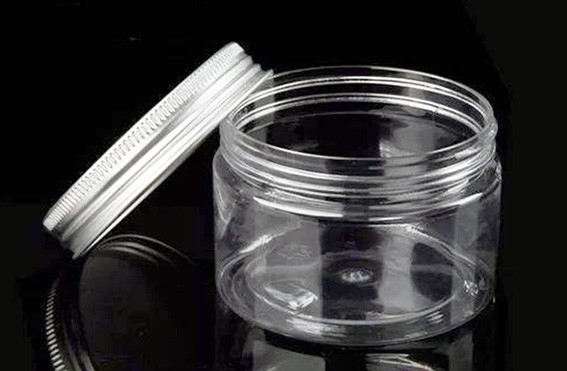3104 5182 8011 Aluminum sheet coil strip for beverage closure production process
Last Updated :May. 21, 2024
3104 5182 8011 Aluminum sheet roll and strip for beverage bottle caps refers to thin, flat aluminum sheets rolled into rolls or strips, used to manufacture bottle caps for beverage containers (such as bottles and cans). These caps play a vital role in maintaining the freshness of beverages and preventing leaks during storage and transportation.
- 1. Light weight: Aluminum is lightweight and therefore ideal for capping as it does not significantly increase the weight of the entire package.
- 2. Corrosion resistance: Aluminum has excellent corrosion resistance, ensuring that the bottle cap remains intact and does not degrade over time, even when in contact with beverages.
- 3. Malleability: Aluminum can be easily formed and shaped into a variety of closure designs, allowing it to be customized to fit different types of beverage containers.
- 4. Barrier performance: Aluminum can effectively block light, oxygen and moisture, helping to maintain the quality and freshness of the beverage in the container.
- 5. Recyclability: Aluminum is highly recyclable, making it an environmentally friendly choice for beverage bottle caps. The recycled aluminum can be used to produce new bottle caps, reducing the need for virgin materials and minimizing environmental impact.
3104 5182 8011 Aluminum sheet coil strip for beverage bottle caps manufacturers typically produce them to precise specifications to ensure compatibility with the machinery and processes used in the production of bottle caps. 3104 5182 8011 Aluminum sheet coil strip can be additionally treated or coated to enhance its performance and durability in beverage packaging applications.
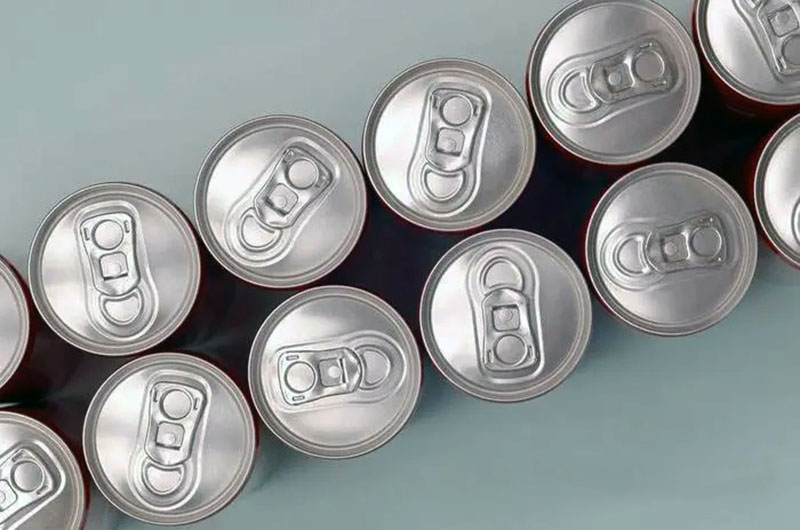
3104 5182 8011 Aluminum sheet coil strip for beverage closure printing process
- 1.Aluminum Sheet Selection: First of all, we must select high-quality aluminum sheets to ensure that the manufactured closed devices have good performance and quality.
- 2.Foundation Processing: This step is called "priming" and its purpose is to help the paint adhere better to the aluminum panel. Common treatments include processing with chromate phosphate or zirconium. Primer treatment can enhance the adhesion of the coating to the aluminum panel.
- 3.Exterior (Interior) Paint: Depending on the product, the public side or product side surface can be painted first. This step is to protect the aluminum plate and provide a good foundation for subsequent printing and coating.
- 4.Exterior Printing: External printing is printing the required image or text on the surface of the aluminum plate. The number of passes depends on the complexity and color of the image required.
- 5.Topcoat Varnish: The top varnish is to provide additional protection and increase the gloss of the product. This helps maintain the clarity and durability of the printed image.
- 6.Cutting: The last step is to cut the treated aluminum plate into three equal strips using the single-knife cutting method. For some products, the edges on both sides may be trimmed at this time to ensure a neat and consistent finish to the closure.
3104 5182 8011 Aluminum sheet coil strip for beverage closure stamping process
1.First pressing
The cut printing plate is run through the press to create the cap shape (straight side walls).
1st Pressing
Leave a hat-like shape at the base of the pressing.
2.Second pressing
The bottom edge of the formed cap is trimmed off (broken off) or curled.
2nd Pressing
At the same time as the first pressing, the hat-shaped edge is trimmed away.
3.Adhesive joining
4.Knurl forming
Protrusions are formed on the sides of the cap, near the top, to prevent slippage when twisting the lid open.
Knurling
Knurls are added as the cap rotates.
5.Perforations
Perforations are added to ensure that when the lid is twisted open, the TE band (ring) remains behind.
Aluminum sheet coil strip for beverage closure production process notes
- 1. Adjust the chemical composition: By changing the chemical composition of a material, its strength and other mechanical properties can be affected. This may involve adding specific alloying elements or controlling impurity levels.
- 2. Control the annealing process: By controlling the annealing temperature and time, the grain growth and stress release of the material can be adjusted to optimize its mechanical properties and stability.
- 3. Surface treatment: Using substances such as phosphate chromate or zirconium to treat materials can improve paint adhesion and enhance the surface properties and corrosion resistance of the material.
- 4. Monitor flatness and squareness: During the production process, the flatness and squareness of the sheet need to be carefully monitored to ensure that it meets specifications. This helps prevent problems such as color gaps, unevenness or misalignment that may occur during the printing process, ensuring the quality of the final product.


